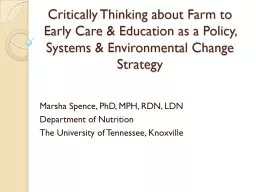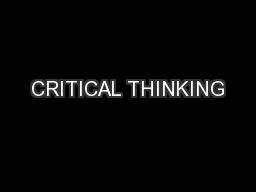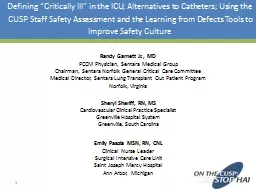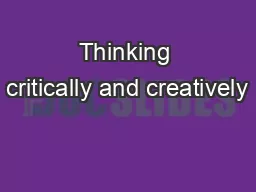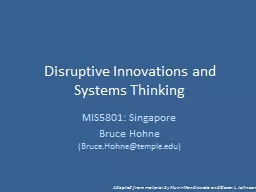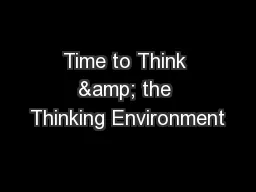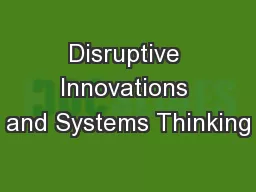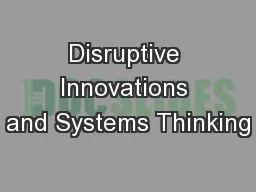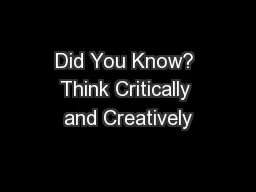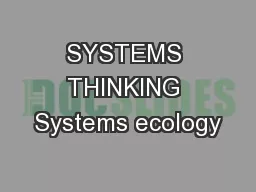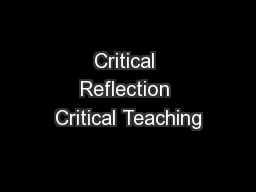PPT-Critically Thinking about Farm to Early Care & Education as a Policy, Systems &
Author : mentegor | Published Date : 2020-10-22
Marsha Spence PhD MPH RDN LDN Department of Nutrition The University of Tennessee Knoxville What Is Critical Thinking The process of actively and skillfully conceptualizing
Presentation Embed Code
Download Presentation
Download Presentation The PPT/PDF document "Critically Thinking about Farm to Early ..." is the property of its rightful owner. Permission is granted to download and print the materials on this website for personal, non-commercial use only, and to display it on your personal computer provided you do not modify the materials and that you retain all copyright notices contained in the materials. By downloading content from our website, you accept the terms of this agreement.
Critically Thinking about Farm to Early Care & Education as a Policy, Systems &: Transcript
Download Rules Of Document
"Critically Thinking about Farm to Early Care & Education as a Policy, Systems &"The content belongs to its owner. You may download and print it for personal use, without modification, and keep all copyright notices. By downloading, you agree to these terms.
Related Documents

